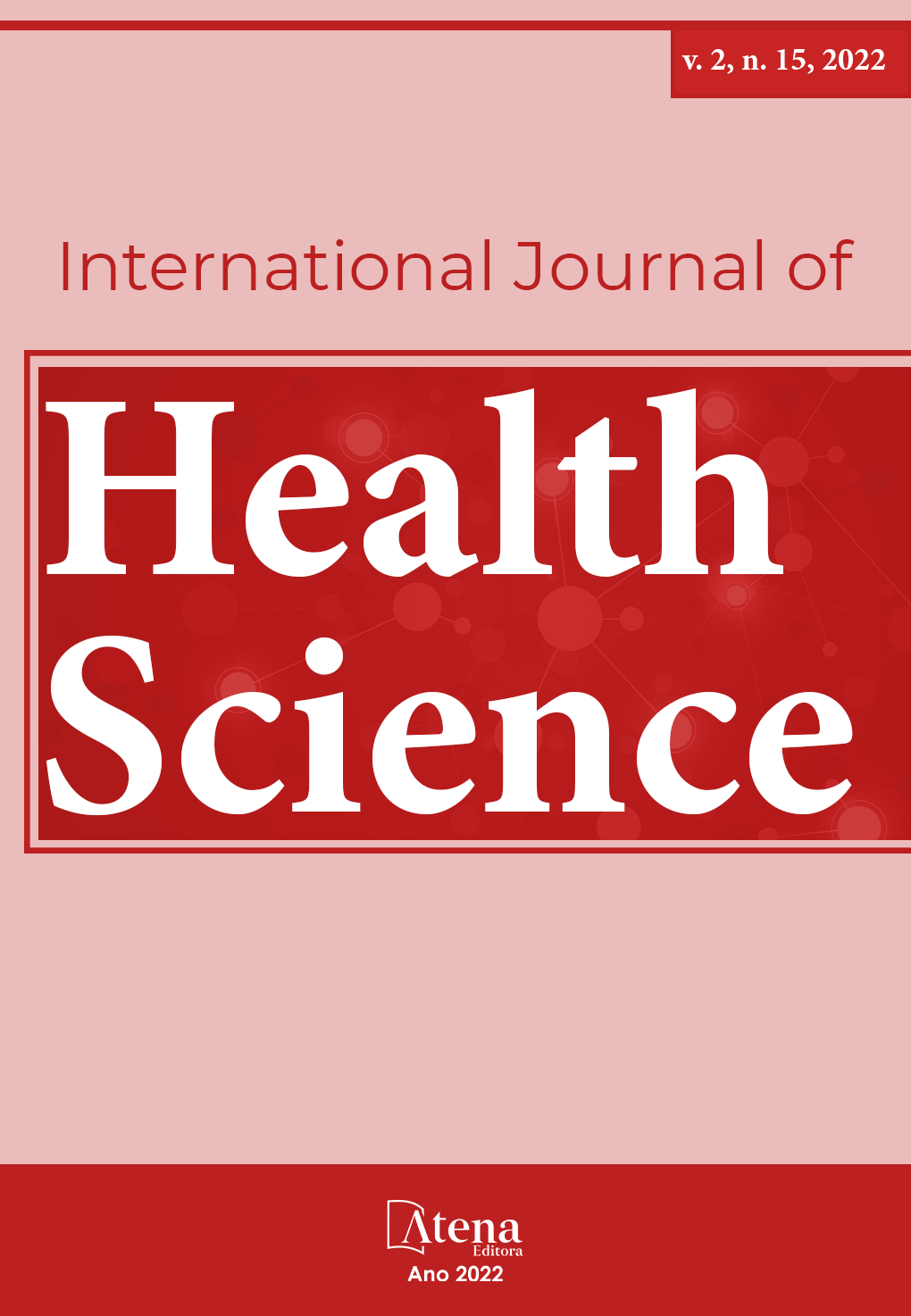
CLINICAL APPROACH TO EXTRASYSTOLES
INTRODUCTION: Extrasystoles (ES) are early beats usually originating from an ectopic focus. When the heart rhythm is regular, they appear before the time expected for the next systole, unlike escapes, which are late events. They are the most common arrhythmias and occur not only in cases of heart disease but also in normal people. Symptoms related to the manifestation of extrasystoles (ES) can be very uncomfortable or even disabling. Generally, such symptoms are noticed when the density of extrasystoles is high. Therefore, the current study aims to review the clinical approach to extrasystoles from diagnostic and therapeutic aspects, whose purpose is to propose a direction for these cases. METHODOLOGY: The first stage of the study consisted of establishing the most frequent extrasystoles based on the incidence in the scientific literature of its different types. Then keywords were defined in DeCs BVS. With these descriptors, articles and textbooks on arrhythmias were searched via Google Scholar and Scielo. Finally, a literature review of the main data related to diagnosis and management was carried out. RESULTS: ES are classified under different aspects. The most common criterion considers the origin of ectopia. Thus, extrasystoles are classified as the supraventricular and ventricular. Despite these simple definitions, the differential diagnosis between ventricular and supraventricular extrasystoles is not always easy, because there are exceptions. CONCLUSIONS: Extrasystoles represent a spectrum of electrocardiographic changes, with or without clinical repercussions, which can confuse the diagnosis and clinical management of the attending physician. Synthetic review studies like this, therefore, play an important role in medical education and care, and must be encouraged in different sectors of medicine.
CLINICAL APPROACH TO EXTRASYSTOLES
-
DOI: 10.22533/at.ed.1592152215036
-
Palavras-chave: Supraventricular extrasystoles. Ventricular extrasystoles. Electrocardiographic findings. Management of Arrhythmias.
-
Keywords: Supraventricular extrasystoles. Ventricular extrasystoles. Electrocardiographic findings. Management of Arrhythmias.
-
Abstract:
INTRODUCTION: Extrasystoles (ES) are early beats usually originating from an ectopic focus. When the heart rhythm is regular, they appear before the time expected for the next systole, unlike escapes, which are late events. They are the most common arrhythmias and occur not only in cases of heart disease but also in normal people. Symptoms related to the manifestation of extrasystoles (ES) can be very uncomfortable or even disabling. Generally, such symptoms are noticed when the density of extrasystoles is high. Therefore, the current study aims to review the clinical approach to extrasystoles from diagnostic and therapeutic aspects, whose purpose is to propose a direction for these cases. METHODOLOGY: The first stage of the study consisted of establishing the most frequent extrasystoles based on the incidence in the scientific literature of its different types. Then keywords were defined in DeCs BVS. With these descriptors, articles and textbooks on arrhythmias were searched via Google Scholar and Scielo. Finally, a literature review of the main data related to diagnosis and management was carried out. RESULTS: ES are classified under different aspects. The most common criterion considers the origin of ectopia. Thus, extrasystoles are classified as the supraventricular and ventricular. Despite these simple definitions, the differential diagnosis between ventricular and supraventricular extrasystoles is not always easy, because there are exceptions. CONCLUSIONS: Extrasystoles represent a spectrum of electrocardiographic changes, with or without clinical repercussions, which can confuse the diagnosis and clinical management of the attending physician. Synthetic review studies like this, therefore, play an important role in medical education and care, and must be encouraged in different sectors of medicine.
-
Número de páginas: 10
- Larissa Ribeiro das Virgens
- Julio Cezar de Oliveira Filho
- Gustavo Alves Aguiar
- Lucas Augusto Reis Pereira de Oliveira
- Fernanda Menezes Schneider
- Cássia Fernanda dos Santos Rosa
- Déborah Esteves Carvalho
- Juliana Santos Feitosa
- Fábio Batalha Carvalho Silveira
- Dante Costa de Araújo
- Vitória Dias dos Santos
- Bruno José Santos Lima


